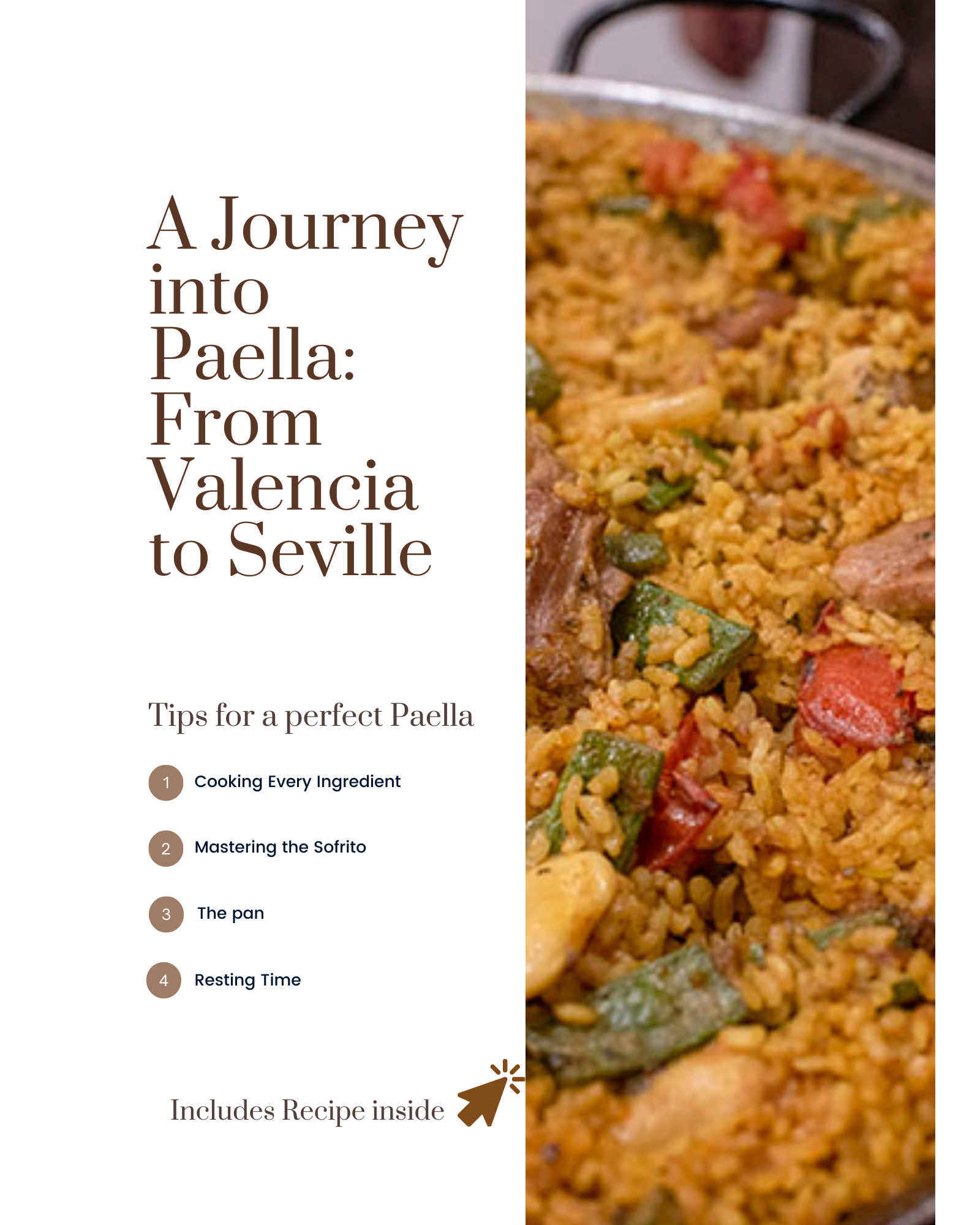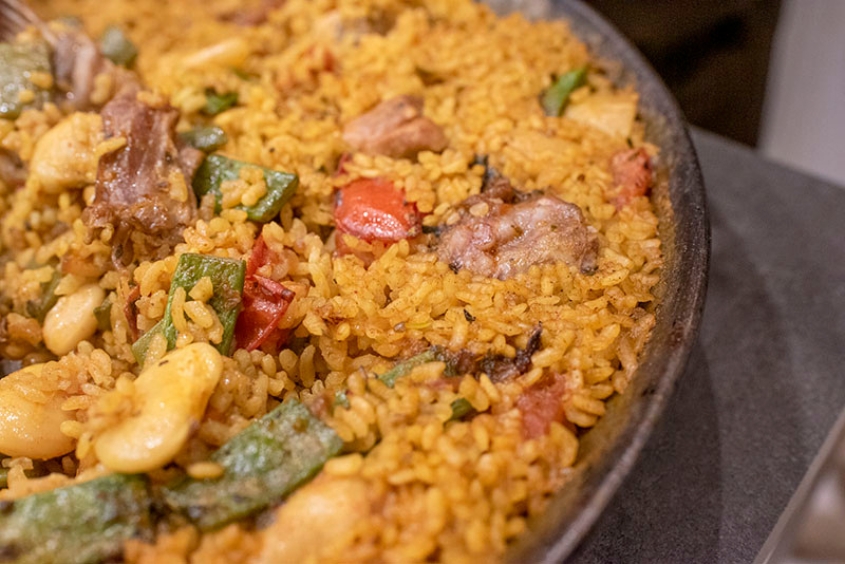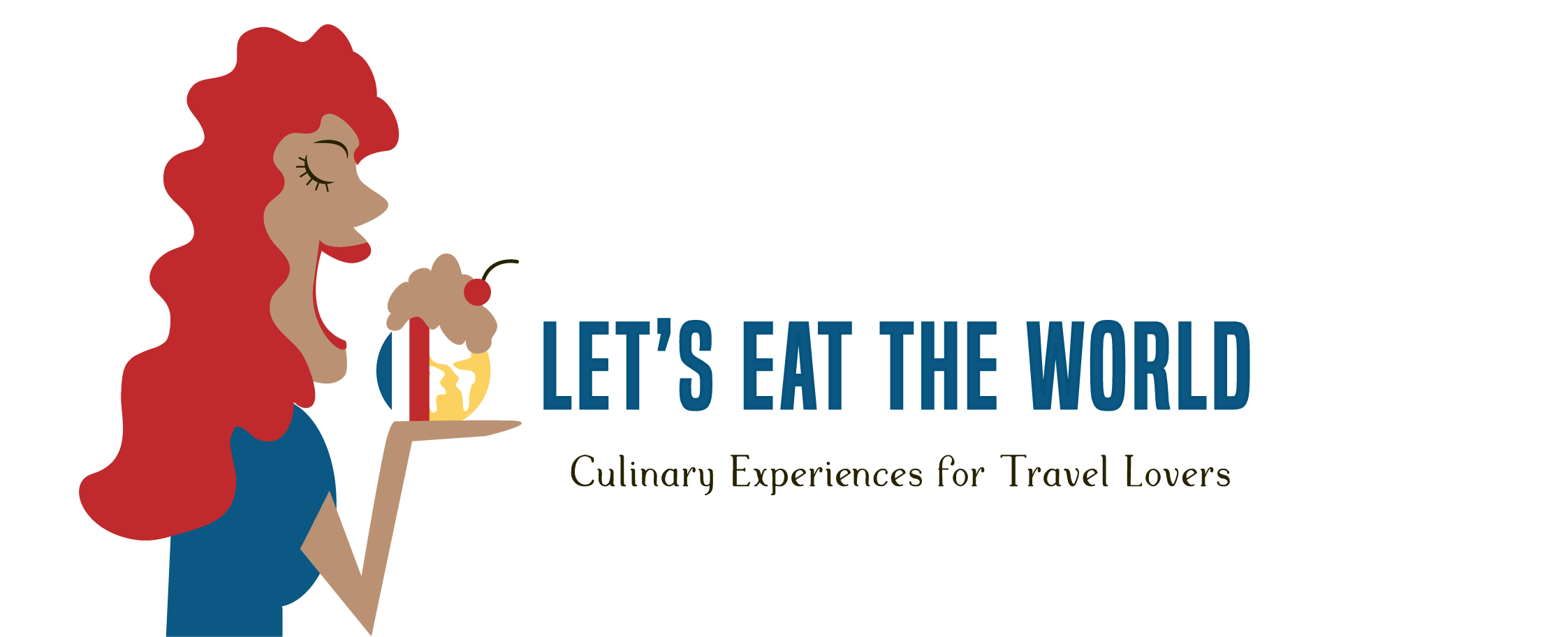
Authentic Paella Valenciana
I have a confession to make. As someone who’s been called a rice expert in my household, I’ve faced every rice challenge with confidence. From the first meal I ever cooked to the countless times I’ve been the designated ‘rice maker’ at home, my love for this versatile grain knows no bounds. But here’s my little secret: I’ve never made paella. Yes, you read that right!
Living in Seville, you’d think I’d have tried my hand at this iconic Spanish dish. But the truth is, the thought of making authentic paella here, in the land where it’s a culinary emblem, felt daunting. Imagine inviting your Sevillano friends over and seeing their ‘judgement’ eyes and hearing their ‘subtle’ tips as you attempt to make authentic paella. The pressure is real!

Enter Chef Sam, My Paella Savior
Chef Sam, a wizard in the kitchen, has come to my rescue. With his guidance, I’m finally ready to embark on my paella journey, and I want you to join us! Chef Sam shared some intriguing insights about authentic paella and its origins, along with expert tips that have become my mantras for the perfect paella.
The Origins of Authentic Paella
Authentic paella has its roots in the Comunidad Valenciana, where it was a humble meal prepared by workers in the rice paddies (arrozales). The authentic paella Valenciana is traditionally made with rice, rabbit, green beans, beans, and snails. This combination remains a staple in Valencia, celebrating the region’s rich agricultural heritage.
The name “paella” itself comes from the pan used to cook it, known as the paella or paellera. This unique cooking vessel is key to achieving the dish’s signature texture and flavor.
Franco’s Influence on Authentic Paella
During General Francisco Franco’s authoritarian rule, authentic paella, rooted in its Valencian tradition, played a pivotal role in shaping Spain’s culinary identity. Franco’s regime, which lasted from 1939 to 1975, led to Spain’s isolation from the international community and economic hardships. However, this period also rekindled a deep appreciation for traditional Spanish dishes like authentic paella.
As Spain faced economic difficulties and limited access to foreign goods, traditional Spanish cuisine gained more prominence. Authentic paella, with its deep ties to Spanish culture and its ability to showcase the richness of local ingredients, became a symbol of Spanish identity.

Mastering the Perfect Paella
To cook an authentic paella Valenciana, Chef Sam emphasizes the importance of several key steps:
- Cook Every Ingredient: Preserve all the flavors by cooking each ingredient in the paella thoroughly.
- Choose the Right Rice: Use “bomba” rice, the best choice for authentic paella. Its ability to absorb flavors while maintaining a firm texture is unparalleled.
- Master the Sofrito: Create a flavorful base with a sofrito of garlic, tomato, saffron, and paprika. This forms the heart of the paella, infusing every grain with rich, aromatic depth.
- Stock is Crucial: Enhance the rice’s flavor with a well-prepared stock. The stock is as important as the sofrito, infusing the rice with additional layers of taste.
- The Ideal Pan: Use a paella or paellera pan to achieve rice that’s cooked, dry, and crispy on the bottom, where the “socarrat” develops. This crispy layer offers a beautiful, amazing, and lovely flavor.
- The Trio of Success: Understand that paella is a blend of fire, water, and time. The fire heats the paellera evenly, the water (stock) hydrates the rice, and the timing (about 15-17 minutes, depending on the rice) is crucial from adding the rice to achieving the perfect socarrat.
- Resting Time: Allow the rice to rest for a couple of minutes before serving. This step ensures the perfect texture and flavor, allowing the ingredients to meld together harmoniously.
A Taste of Valencia: Our Experience
On a recent trip to Valencia, we were eager to experience authentic paella in its birthplace. Following a trusted tip, we asked our taxi driver for the best place to enjoy this traditional dish. He enthusiastically recommended an address outside the city center, insisting it was the most authentic spot. Unfortunately, we didn’t have time to go, as it was fully booked for the days we were there. However, it reaffirmed my belief that taxi drivers are a great resource when you want to know something about a city. Determined to savor authentic paella, we eventually found ourselves at Raco del Turia on Calle Císcar, 10. The experience was unforgettable, capturing the true essence of Valencia’s culinary heritage.
Savoring Tradition
The journey of authentic paella from its Valencian origins to becoming a cherished national dish of Spain is a testament to its cultural significance. Its historical roots, coupled with the enduring influence of General Francisco Franco, have shaped authentic paella into the iconic Spanish dish we know today. Franco’s regime, despite its many controversies, indirectly promoted regional dishes like paella by emphasizing traditional Spanish culture. Whether you savor a traditional Valencian paella or one of the countless regional variations, you’re tasting a piece of Spain’s history, culture, and culinary artistry.
For those looking to master the art of authentic paella, our Let’s Eat Seville tour offers a unique opportunity. While not in Valencia, our chef Samuel Rubio Ortega is a paella pro and guides our guests during the week-long Let’s Eat Seville tour on the fine art of the perfect paella. This immersive experience is perfect for anyone eager to bring the flavors of Spain into their own kitchen. Authentic paella remains a true symbol of Spanish culinary excellence.

Paella Valenciana Recipe
Ingredients
- 1 Rabbit or Chicken or both cut into 8 to 12 pieces
- 1 Onion chopped
- 4 Garlic Cloves chopped
- 8 Long Flat Beans cut into 1-inch chunks
- 1 Long Red Pepper sweet, not spicy
- 1.5 Liters Chicken Broth 50.7 fl oz
- 6 Tablespoons Olive Oil
- 2 Pinches Saffron pistils or powder
- 1 Teaspoon Pimenta de la vera or smoked paprika
- 1 Tablespoon Tomato Paste
- 100 Grams White beans Garofon, previously soaked for 12 hours and pre-cooked for 15 minutes
- 280 Grams Rice for paella (La Bomba or Arborio rice) 9.9 oz
- Salt and Pepper
Instructions
- Prepare Ingredients: Peel, chop, cut... be ready with all your ingredients.
- Heat Broth: Heat the chicken broth and keep it hot.
- Sear Meat: In your paella pan, heat on medium heat and sear the rabbit or chicken until brown and crispy. Remove and keep aside.
- Cook Peppers: Cut the pepper lengthwise into 4 pieces and fry in the pan. Remove and keep aside for the end.
- Cook Vegetables: Add the flat beans and sauté them for 2-3 minutes. Add the chopped onion and sauté for 3-4 minutes. Add the garlic and sauté for 2-3 minutes.
- Add Seasoning: Add the tomato paste, saffron, and pimenta de la vera, and sauté briefly.
- Combine Ingredients: Add the rabbit and white beans, mix well with the spoon. Add the rice, mix well, then add all the broth and turn the heat on high.
- Season: Add salt and pepper, mix gently.
- Simmer: When it is boiling, turn the heat down to a small simmer and set your timer for 15 minutes.
- Rest: After 15 minutes, turn the heat off and let rest for 10 minutes.
- Finish: Turn the heat back on high for 2-5 minutes, adjusting depending on the liquid left in the pan. The goal is to have no liquid left and a little crust of rice at the bottom, called the soccorat.
- Garnish and Serve: Add the peppers to add color to the pan and serve immediately.

